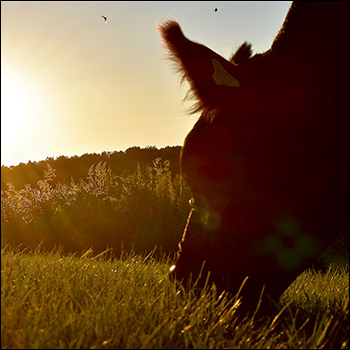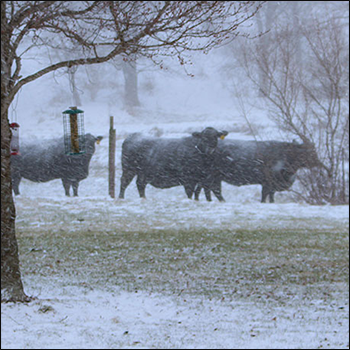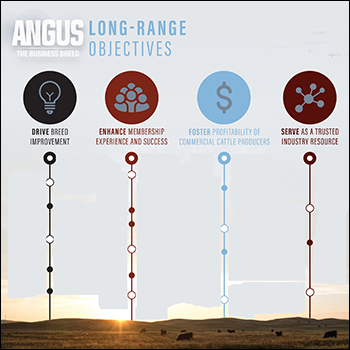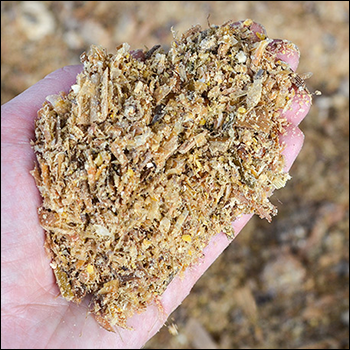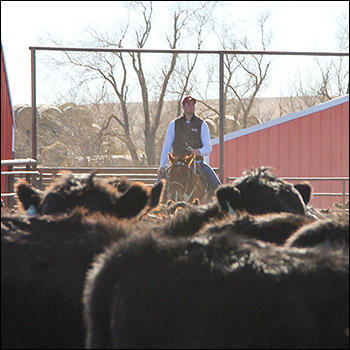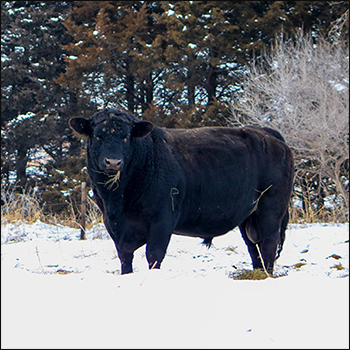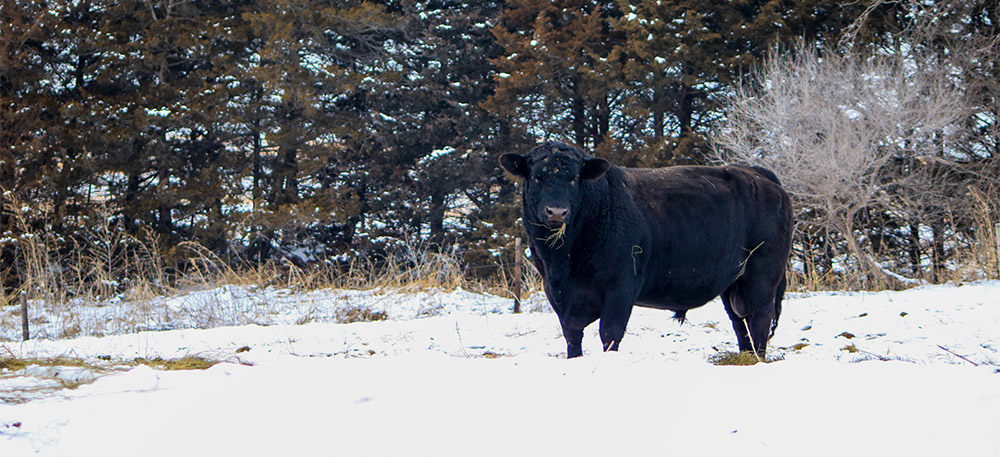
Managing Bulls in the Off Season
Give bulls the proper care so they are ready to work.
Bulls are an investment and require extra care to keep them in working condition. Separating bulls from the cow herd after the breeding season gives them a chance to regain body condition if they lost weight. It also ensures that no cows are bred at the wrong time of year for your calving season. Winter management of bulls is important in terms of having them healthy and in top shape for the next year’s breeding season.
Robert “Bob” Larson, professor of production medicine at Kansas State University, says it’s important to maintain adequate body condition.
“Nutritional needs are different for a young bull that is still growing versus an older bull that just has to maintain his weight. If forage quality is low, however, older bulls may still need some kind of supplement or concentrate,” he says.
The younger bulls should be in a separate group so they don’t have to compete for food with more dominant, older bulls. If you purchased young bulls that are overly conditioned, they need to slowly lose the extra fat and continue growing.
“Slowly reduce the concentrate portion of their diet to transition them gradually to a ration that contains more forage — a diet that will enable them to grow and maintain good body condition without being fat,” he explains.
The amount and type of feed for all the bulls may need to be adjusted, depending on weather. Cold temperatures increase their energy needs, he explains. Winter conditions may vary from year to year. Producers should adjust to each year’s conditions, and not base their management on average conditions.
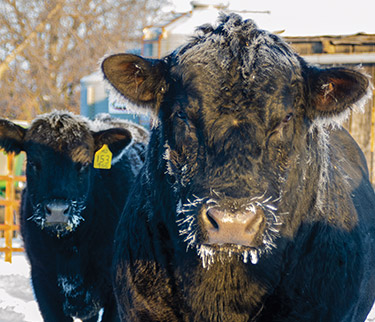 |
Bulls should be protected from severe cold so they can perform well when the time comes. Bob Larson recommends windbreaks and bedding to prevent frostbite and conserve energy. [Photo by Shauna Hermel] |
Producers should be prepared to provide bedding for bulls, depending on where the bulls are kept.
“This can be important in a northern climate to prevent risk of scrotal frostbite,” says Larson.
Bulls shouldn’t have to lay down on frozen ground or in the mud, or in the wind without a windbreak. If there are no natural windbreaks, there are some good designs for constructing adequate wind protection. Cattle are very hardy and can handle fairly low temperatures, but they do need a good windbreak, he says.
Wet weather can also be a stress because wet hair loses its insulating quality, and cattle may suffer more cold stress.
If a producer has multiple bulls, they should be kept in compatible groups. This usually means keeping the young bulls separate from the older bulls, not just for feeding purposes, but to prevent fighting and injuries. Even if a person doesn’t have the greatest facilities, existing fences can be made more secure with an electric wire on each side, which will usually keep bulls from trying to get through a fence to fight or to be with cows.
We may see evidence of lice during winter, even if the bulls were treated for lice in the fall, he says. They may need another treatment before spring.
“It boils down to good nutrition, good environment, parasite control, etc., so they will be ready for breeding season. They should receive the same vaccinations that cows of the same age receive. The young bulls should be vaccinated like your replacement heifers (same number of vaccinations/boosters), and mature bulls vaccinated like your mature cows,” says Larson.
This keeps things simple. Vaccinate bulls with the same timing and products that are used for the cow herd and replacement heifers.
“There is nothing really new in caring for bulls during winter; it’s just good animal husbandry — paying attention and taking good care of them — so they will have a successful breeding season in the coming year,” Larson concludes.
Editor’s note: Heather Smith Thomas is a cattlewoman and freelance writer from Salmon, Idaho. Lead photo by Carl Dahlen.

